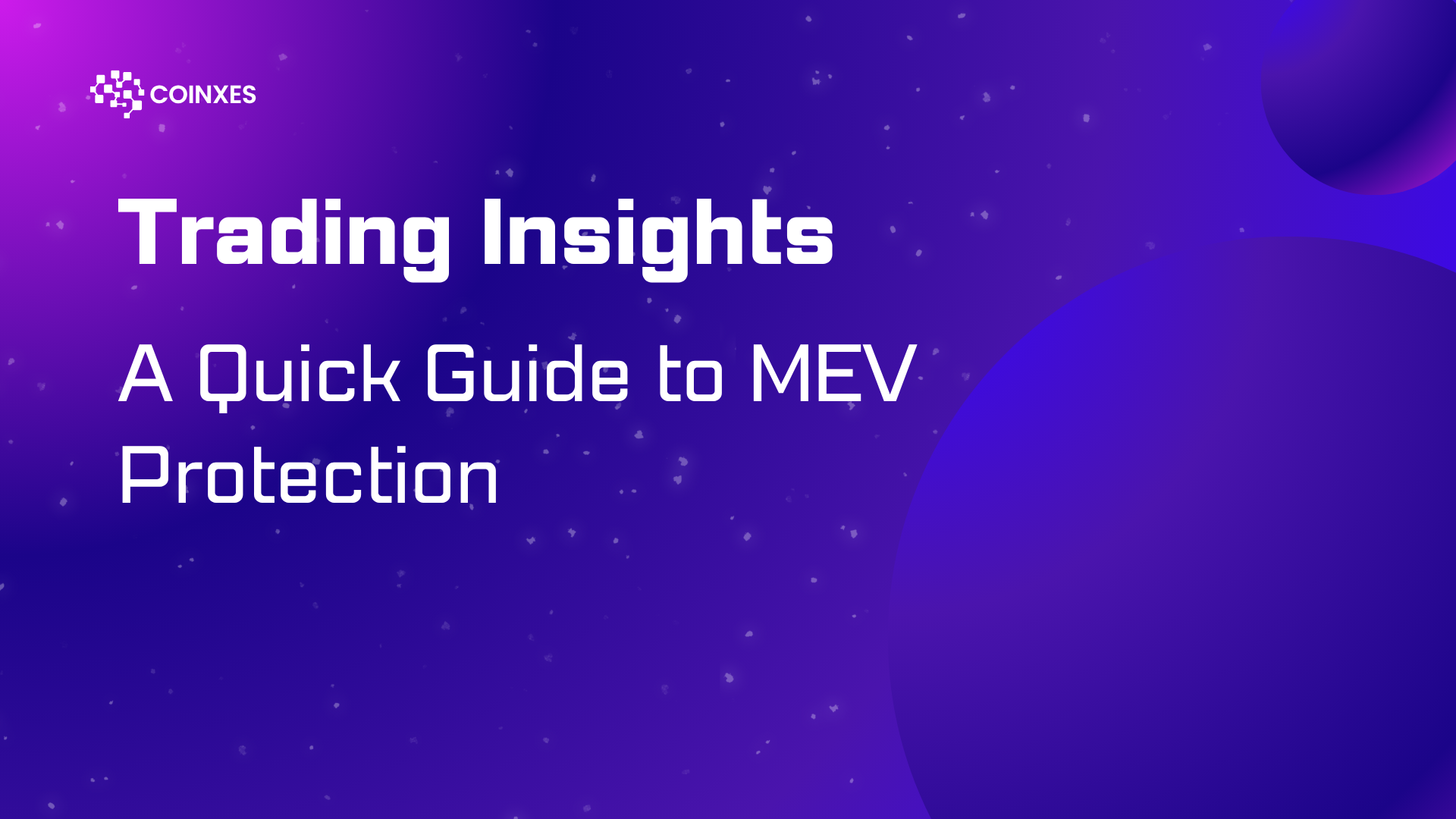
Maximal Extractable Value (MEV) is the “invisible tax” traders pay when block producers or bots reorder transactions for profit. Ethereum.org defines MEV as value captured “in excess of block rewards and gas fees” by including, excluding or reordering transactions. Flashbots calls the fallout a user-harming cost and built public tools to mitigate it. This guide explains MEV in plain English, shows how it hits your swaps, and gives you a concrete toolkit to protect yourself in 2025.
What Exactly Is MEV?
When you submit a trade, it first sits in a public waiting room (the mempool). Bots scan that feed and can:
- Frontrun you—jump ahead and buy first.
- Sandwich you—buy before and sell after your order, forcing you to eat the slippage.
European regulators now acknowledge MEV is “widespread” on Ethereum, though data remains patchy. The result for traders is worse fill prices and surprise gas spikes.
Why MEV Grew After The Merge
Since Ethereum moved to proof‑of‑stake, a separate market emerged: MEV‑Boost lets validators outsource block building to specialized relays that maximize value. That improved validator revenue but also formalized the MEV race. Research groups (Flashbots, Shutter, Vitalik’s blog) now push encrypted or private mempools and in‑protocol proposer‑builder separation (PBS) to curb abusive ordering.
Real-World Fallout: Bots Like “jaredfromsubway.eth”
Notorious wallets such as jaredfromsubway.eth have earned millions executing sandwich attacks, a saga covered by Cointelegraph and The Block throughout 2023–24. For retail traders, that means every large swap broadcast publicly is a potential target.
Core MEV‑Protection Methods (What Actually Works)
| Method | How it Blocks MEV | When to Use |
| Flashbots Protect RPC / Private Relays | Skip public mempool; send directly to trusted builders | Any sizeable ETH swap or NFT mint |
| Order‑Flow Auctions (CoW Swap, 1inch Fusion) | Batch trades and let solvers compete to execute without harmful MEV; users may get rebates | Limit/intent orders, large trades |
| Encrypted / Intent‑based Mempools (research stage) | Hide transaction details until inclusion | Future-facing strategies; watch PBS roadmap |
| Layer‑2s with low fees | Smaller targets + cheaper retries reduce bot ROI | Routine swaps under $500 |
Flashbots’ own docs say Protect “blocks frontrunning and can refund gas/MEV.” CoW DAO explains batch auctions enforce rules that prevent sandwiching.
Step-by-Step: Use Flashbots Protect RPC in MetaMask
- Settings → Networks → Add Network.
- RPC URL: https://rpc.flashbots.net (from Flashbots docs).
- Save, switch, then swap as usual on Uniswap or your DEX.
- Your tx is sent privately to builders; mempool bots never see it.
Step-by-Step: Use a Batch-Auction DEX (CoW Swap)
- Go to CoW Swap, place an order (intent).
- Set a max slippage; solvers compete to fill it.
- CoW’s auction model neutralizes price manipulation and can even return MEV rebates.
Quick Checklist Before Every Trade
- Private or Public? Use a private RPC for >$500 swaps.
- Is It Peak Hype? Bots follow trending tokens; consider splitting orders.
- Use Alerts & Limits. Pre-set limits; don’t chase a pump in thin liquidity.
- Verify URLs. Fake “Protect RPC” links are a phishing vector.
- Consider L2s. Arbitrum/Base fees under $0.10 make retries cheap, limiting bot profits. (Inference based on post‑Dencun fee drops widely reported.)
Advanced Tools & Terms You’ll See
- MEV‑Share / MEV Blocker: Channels that share positive MEV back to users or block harmful variants.
- Encrypted Mempools: Research efforts (Shutter, Ethereum researchers) to hide tx contents until finalized.
- PBS (Proposer‑Builder Separation): Design that splits who chooses txs from who proposes blocks to reduce censorship and MEV abuse.
Why This Matters for Risk Management
MEV is now seen as a scaling and fairness limit—not just a trader problem. Flashbots’ latest paper argues MEV has become “the dominant limit to scaling blockchains,” meaning infrastructure fixes are as critical as rollups. As regulators (ESMA, EBA) study MEV’s market impact, user-side protection becomes part of compliance and best practice.
Key Takeaways
- Define the threat: MEV = profit from reordering your tx; sandwiching is the worst retail hit.
- Use private rails: Flashbots Protect or other private RPCs cut off bots’ visibility.
- Batch & auction: CoW Swap’s order‑flow auctions neutralize harmful MEV and share rebates.
- Stay informed: PBS, encrypted mempools, and OFAs are evolving—follow official docs, not hype threads.
Protecting yourself from MEV isn’t hard—once you know where the danger lies and which tools flip the script. Make private submission and batch auctions your default flow, and the next time a bot tries to tax your trade, it’ll find nothing to chew on.